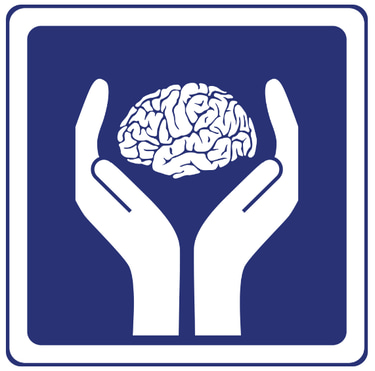Get much needed help ...
Post-Stroke Speech and Language Disorders: A Clinical Guide
Introduction
Speech and language disorders commonly occur following stroke, significantly impacting communication abilities and quality of life. Understanding these disorders is crucial for proper assessment and treatment planning.
Types of Communication Disorders
1. Aphasia
A language disorder affecting the ability to communicate through speaking, understanding, reading, and writing.
A. Non-Fluent Aphasia (Broca's Aphasia)
Characteristics
Effortful, telegraphic speech
Preserved comprehension
Short utterance length (1-3 words)
Agrammatism
Limited vocabulary
Difficulty initiating speech
Subtypes
Transcortical Motor Aphasia
Better repetition abilities than Broca's
Good comprehension
Limited spontaneous speech
Preserved automatic speech
Global Aphasia
Severe impairment in all language modalities
Minimal verbal output
Poor auditory comprehension
Limited repetition abilities
May retain automatic expressions
B. Fluent Aphasia (Wernicke's Aphasia)
Characteristics
Normal speech rate and rhythm
Impaired comprehension
Excessive empty speech
Frequent paraphasias
Poor awareness of errors
Difficulty with written language
Subtypes
Conduction Aphasia
Good comprehension
Fluent speech with self-monitoring
Poor repetition
Phonemic paraphasias
Difficulty with polysyllabic words
Transcortical Sensory Aphasia
Good repetition
Poor comprehension
Fluent but empty speech
Poor naming abilities
Anomic Aphasia
Mild form with word-finding difficulties
Intact comprehension
Fluent speech with pauses
Good repetition skills
Circumlocution present
2. Dysarthria
A motor speech disorder affecting speech production mechanisms.
General Characteristics
Impaired articulation
Voice quality changes
Altered prosody
Reduced intelligibility
Respiratory pattern changes
Types
Flaccid Dysarthria
Muscle weakness
Breathy voice quality
Hypernasality
Reduced volume
Spastic Dysarthria
Muscle hypertonicity
Strained-strangled voice
Slow speech rate
Imprecise consonants
Ataxic Dysarthria
Irregular rhythm
Excessive stress patterns
Articulatory breakdowns
Variable rate
Mixed Dysarthria
Combined characteristics
Variable presentation
Complex symptom patterns
3. Cognitive-Communication Disorders
Impairments affecting cognitive aspects of communication.
Affected Areas
Attention
Reduced conversation focus
Impaired divided attention
Limited attention span
Difficulty with complex tasks
Memory
Poor conversation retention
Difficulty with new learning
Working memory deficits
Information retrieval problems
Executive Functions
Impaired problem-solving
Disorganized thinking
Poor judgment in communication
Difficulty with planning
Social Communication
Poor turn-taking
Reduced social awareness
Inappropriate responses
Pragmatic deficits
4. Apraxia of Speech
A motor planning disorder affecting speech programming.
Key Characteristics
Difficulty sequencing sounds
Inconsistent errors
Groping articulatory movements
Better automatic than volitional speech
Error awareness present
Treatment Approaches
Rate modification techniques
Articulatory placement cues
Sound sequencing practice
Melodic Intonation Therapy
Multisensory cueing systems
Clinical Implications
Each disorder requires specific assessment approaches
Treatment plans must be individualized
Regular monitoring of progress is essential
Multiple disorders may co-exist
Recovery patterns vary significantly
Documentation Note
This guide serves as a clinical reference. Treatment decisions should be based on comprehensive assessment and evidence-based practice guidelines.
